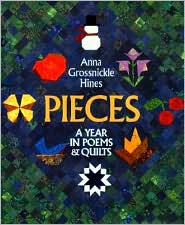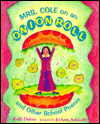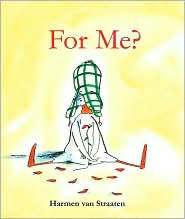 INTRODUCTION
INTRODUCTIONAutumn can be peaceful and wonderful season to watch the world around you change. When reading this poem aloud, read it slowly then reactant to the actions of the leaves that are falling in the poem. Mimicking the actions of the leaves in the poem will add the touch of action and realism to the poem that the listeners will appreciate. Share this poem with Hines' other poem "Ode to a Rake" from the same book.
POEM
To Each His OwnEXTENSION
by Anna Grossnickle Hines
..When the leaves fall
....some float
..............lasily
...................wavily
....and taking all
....................daysily
...........................drift
....to the ground.
Some flutter
.............skuttering
......................wuttering
.....audibly uttering
........................whispers
.................................of sound.
When the leaves fall
......some
..........come in bunches
..............................swirling
..................and whirling
.............twisting
.....and twirling
.................round
....................about
.................round.
Some
.......skip-a-dip
................bippity
......................floppity
.............................flippity
......................toppity
................tippity
.......plippity
..............down.
And some
.......just drop
.............flop.
After read this poem have a little field trip outside so that the children and experience and witness the real falling trees. Ask them if they see the leaves that are being described in the poem. Have them describe in prose or poetic form how the leaves fall down from the trees at school or at home. If Autumn hasn't sprung and the leaves are falling in your area, bring a bag of faux leaves and have them flutter inside.
BIBLIOGRAPHY
Hines, Anna Grossnickle. 2001. Pieces: A Year in Poems & Quilts. NY: Greenwillow Books (HarperCollins Publishers). ISBN: 0688169643.


